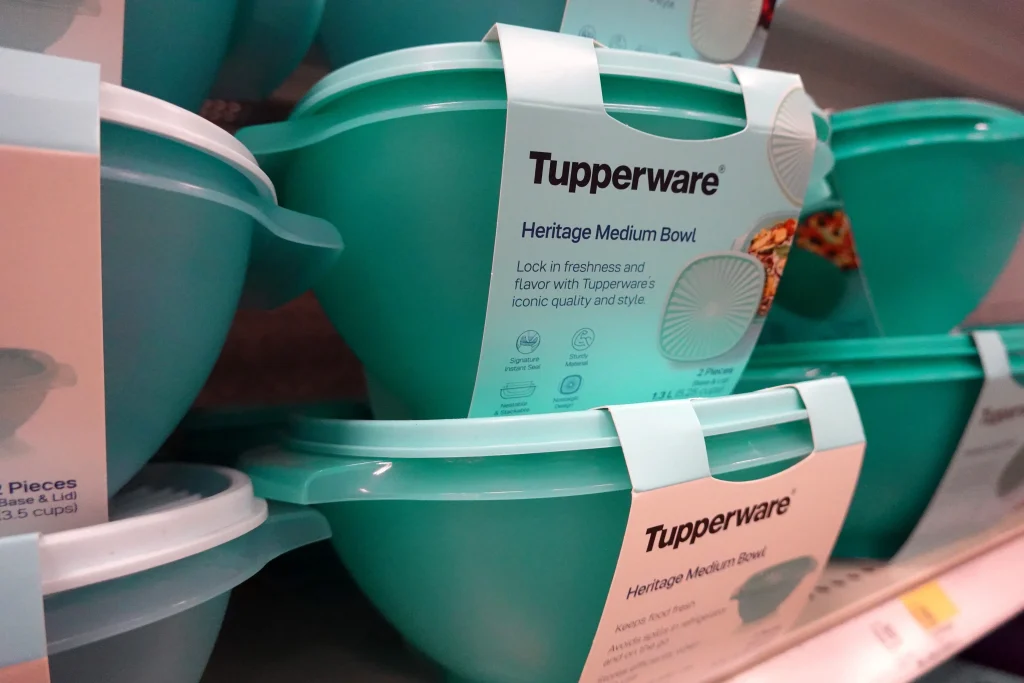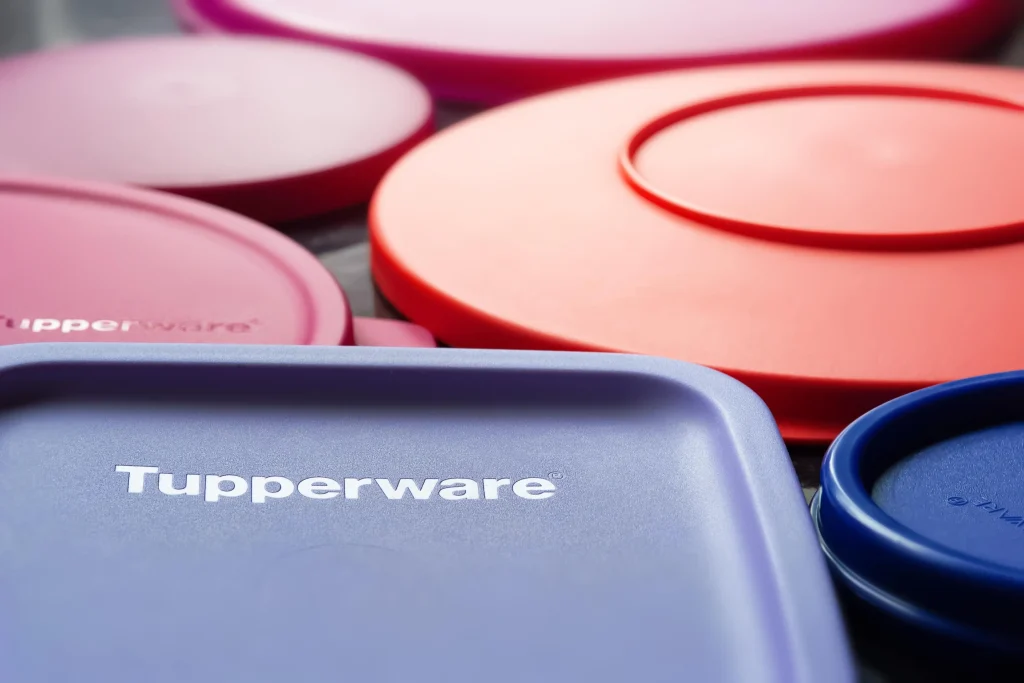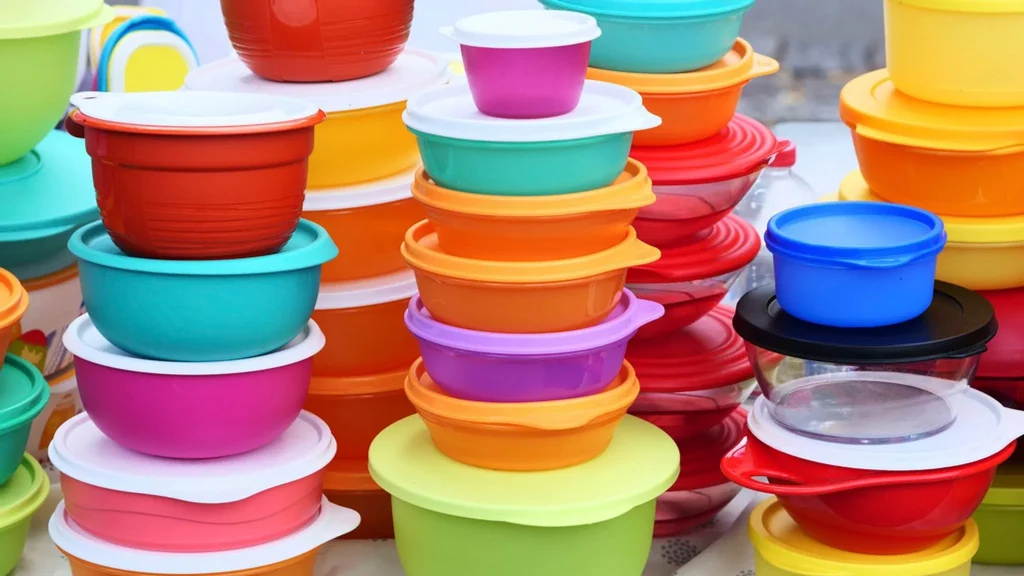Tupperware Brands, once feted for its bright-coloured food storage containers, filed under Chapter 11 bankruptcy protection as it struggles to contain sharply worsening financial difficulties, including sales decline and cost escalations in operations. The company is facing margin squeeze from accelerated post-pandemic increases in the cost of raw materials, labour, and freight.

Pandemic-era surge fizzes out
The company’s products sold much more during the pandemic as people prepared to cook at home and made use of the air-tight containers provided by the firm for leftovers. However, demand very soon declined in the post-pandemic period, but Tupperware failed to regain its place.
Increasing critical materials, including plastic resin, as well as the rising cost of running the business further increased losses for the company.

Comments from CEOs regarding Financial Crisis
According to Tupperware President and Chief Executive Laurie Ann Goldman, the company had been experiencing a “challenging macroeconomic” situation for the past years, leading the company to its current financial predicament. After several financial adjustments, the company failed to stabilise, and it has liquidation issues and raises operational concerns.

Debt and Bankruptcy Filing
Tupperware, in its bankruptcy filing with the U.S. Bankruptcy Court for the District of Delaware, named assets within a range of $500 million and $1 billion, while liabilities came within a range of $1 billion and $10 billion. The depth of the company’s financial crisis becomes apparent.
Tupperware’s prospects remain unclear as it navigates bankruptcy proceedings to structure its operations.
